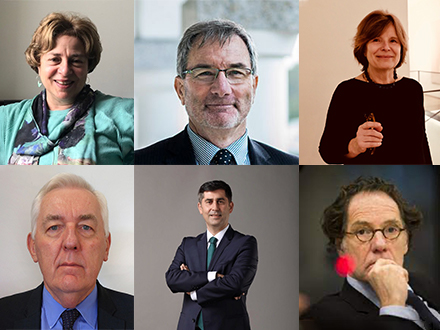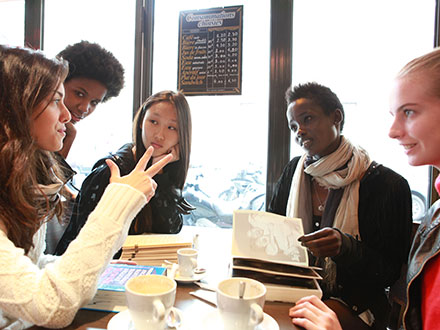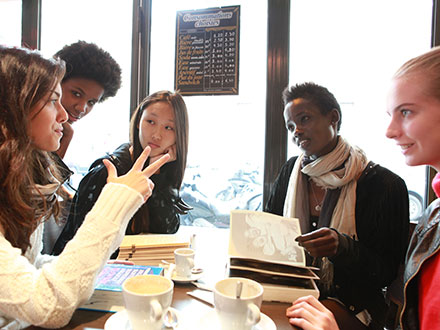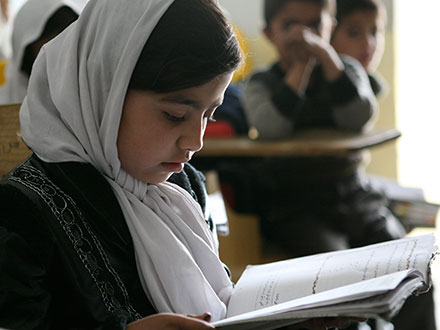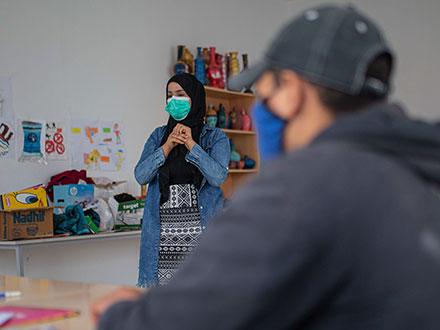Training
From 18-20 May 2014, Hedayah held a three day training workshop in collaboration with the United States Institute for Peace (USIP) aimed at providing frontline education workers with a deeper understanding of the causes of violent extremism among youth and the role of education in countering it.
Through this highly interactive and practical workshop, more than twenty teachers, youth trainers, school administrators and mid-level policy makers from a wide range of countries had the opportunity to learn about but also share and reflect on what tools and strategies can be most effective in their particular context to make their schools and youth less susceptible to recruitment by violent groups.
Participants to the training were representatives of a wide range of regions and countries, including Kenya, Jordan, India, Afghanistan, Colombia, Iraq and Pakistan, and they hold extensive experience with handling youth and education programs within education institutions, governmental and non-governmental organizations in their own countries.
Throughout the different sessions, the trainers’ approach consistently relied on different case studies and developed a platform for sharing good practices among practitioners from different regions for supporting the creation of relevant policies and programs for countering violent extremism through education.
The different phases of the workshop focused on how to assess risk and protective factors within a school and/or community and they also analyzed programs and approaches for their potential effectiveness in countering violent extremism.
Some case studies including India, Nigeria, Liberia and Sierra Leone were utilized to apply theory to existing and diversified vulnerable contexts. Moreover, within this broader framework, speakers covered other important themes related to education and CVE such as the role of education in peace building, the role of trauma, resilience, pedagogy and ultimately religion and identity in violent extremism. On the other hand, participants contributed by leading lunch table discussions where they illustrated their experience with projects tackling CVE and education in their regions.



